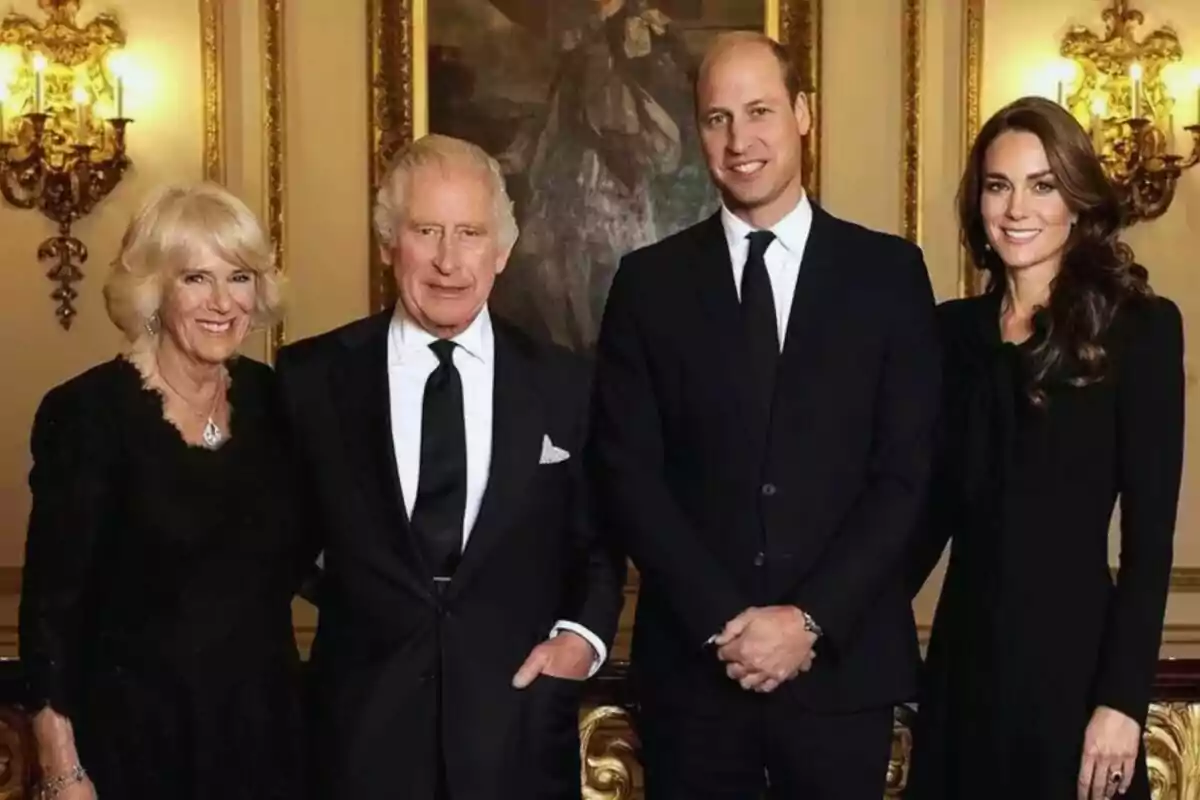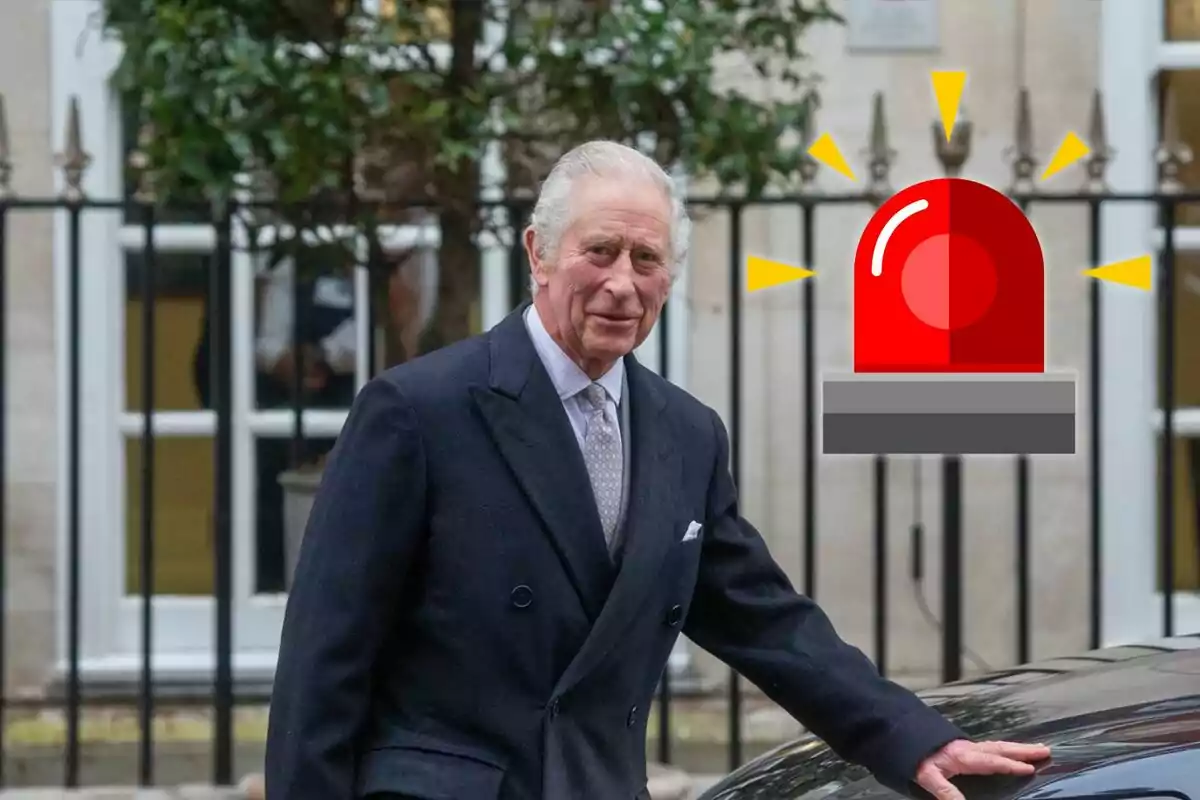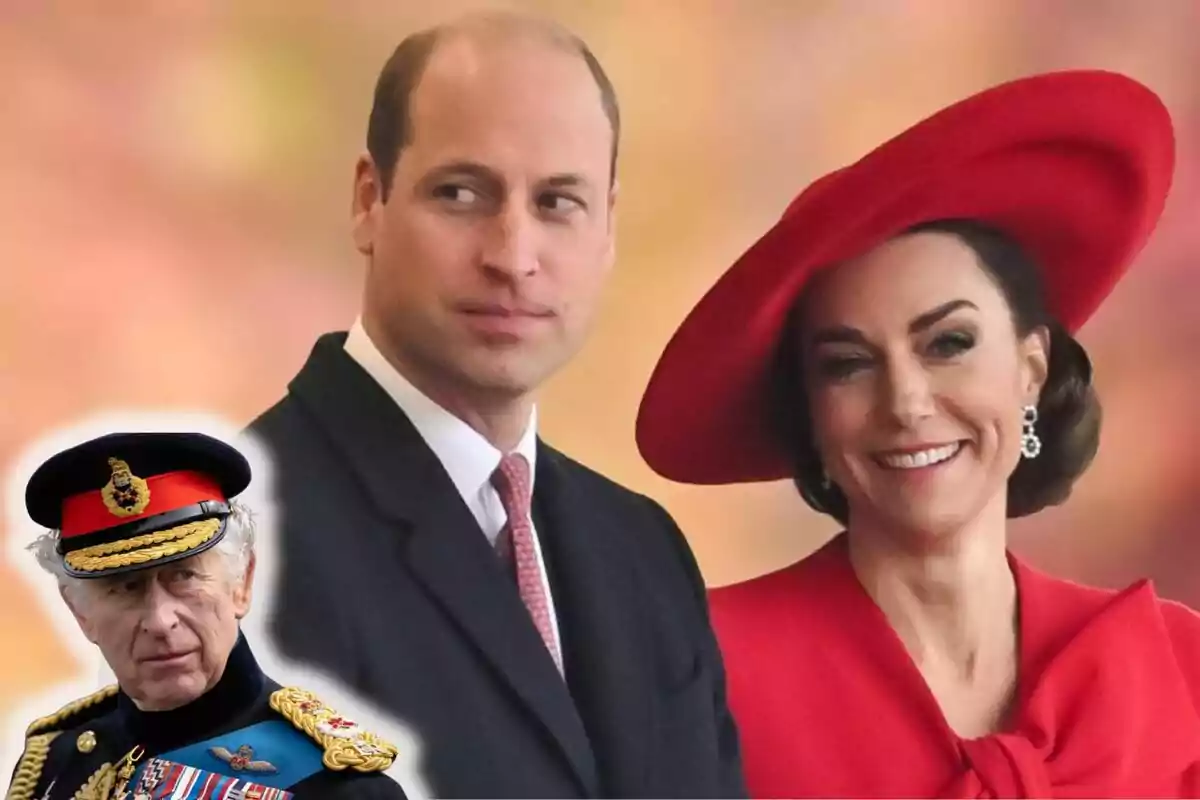The latest public appearance of the British royal family has drawn attention and speculation. At the iconic Trooping the Colour parade on June 21, 2025, a photograph taken on the royal balcony sparked all kinds of interpretations. What began as a protocol gesture took on surprising nuances when the image revealed the absence of eye contact between father and son, which has led many to ask: Is there real distance between Charles III and Prince William?
Silence and distance in public
During the event, King Charles III and Queen Camilla traveled in separate carriages, followed shortly after by Prince William and his wife Kate Middleton. According to writer Pilar Eyre, these kinds of gestures—the physical distance and lack of interaction between the carriages—set off alarms about a possible previous disagreement that carried over to the Buckingham Palace balcony.
The key photo has been analyzed by experts as clear evidence of tension. In it, Prince William shows a reserved and distant expression that doesn't show enthusiasm. Whether premeditated or not, this scenario dilutes the family harmony image the crown sought to convey.

Keys to the disagreement: competition or role crisis?
The relationship between father and son has been the subject of speculation. According to journalist Ana Polo Alonso, a rivalry may have arisen between Charles, eager for media prominence, and his son William, whose serious and ambitious profile could be overshadowing the king. In addition, the prince seems to manage his role cautiously, moderating his public schedule and reducing certain commitments, which could fuel internal tensions.
It's important to remember that William has also shown marked differences with other members of the monarchy. His distance from Tom Parker Bowles—Camilla's son—and his reservations regarding Tom's father have been noted by the British press.
The official version: balance and royal strategy
From Buckingham Palace, the royal household defends a calm transition. According to Europa Press, both Charles III and William are clear that their roles must be reinvented: while the king keeps a reduced official schedule, William would be taking on more prominence in public events as part of a strategic plan. There is even talk of an attempt at family reconnection: private conversations with Prince Harry and institutional meetings that seek to reinforce William's support for his father.

However, the cold gesture captured on the balcony contrasts with that official narrative. Even without a direct reaction from the palace, the scene is already being interpreted in monarchist circles as a reflection of the delicate moment the crown is experiencing.
Background explaining current tensions
This isn't the first time William has shown reservations. In recent events, he has preferred to follow his own schedule with Kate, prioritizing certain events or stabilizing his role in the Duchy of Cornwall. In addition, since his childhood, family relationships had already experienced ups and downs. In 1991, during a serious accident involving eight-year-old William, Charles chose to fulfill a representation at the opera, a decision that Diana of Wales described at the time as a clear sign of his priorities.
This background may have laid the foundation for a complex relationship, in which duty and emotion haven't always gone hand in hand.
Looking to the future: continuity or real change?
The present makes it clear that the institutional transition is underway. William is gaining influence, taking on public assignments, and modernizing his image. Meanwhile, Charles is strengthening his legacy from behind. If this transition isn't accompanied by a sincere reconciliation, the emotional mismatch could become a visible rift.
This moment is decisive. The king and his heir face the challenge of balancing expectations, social coexistence, and filial affection. Will the next public event show them united? The question isn't just protocolary: it's emotional. The real challenge lies in finding that fraternal gesture we haven't seen yet.

